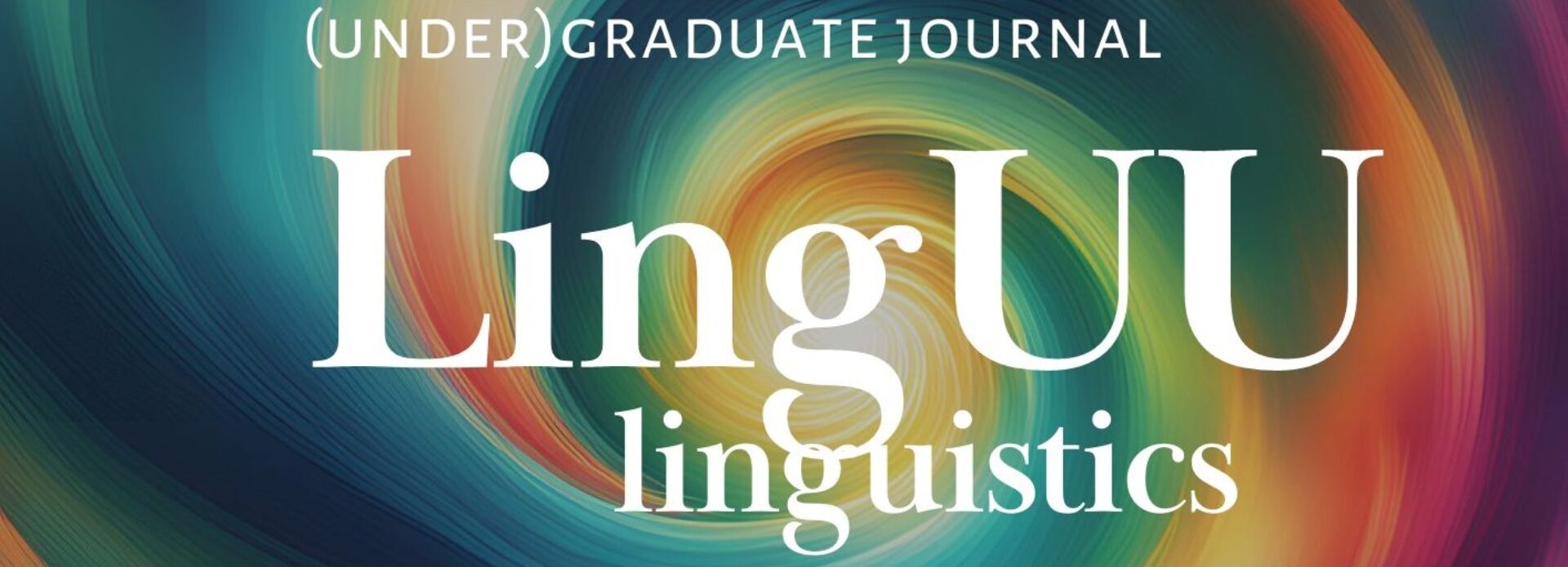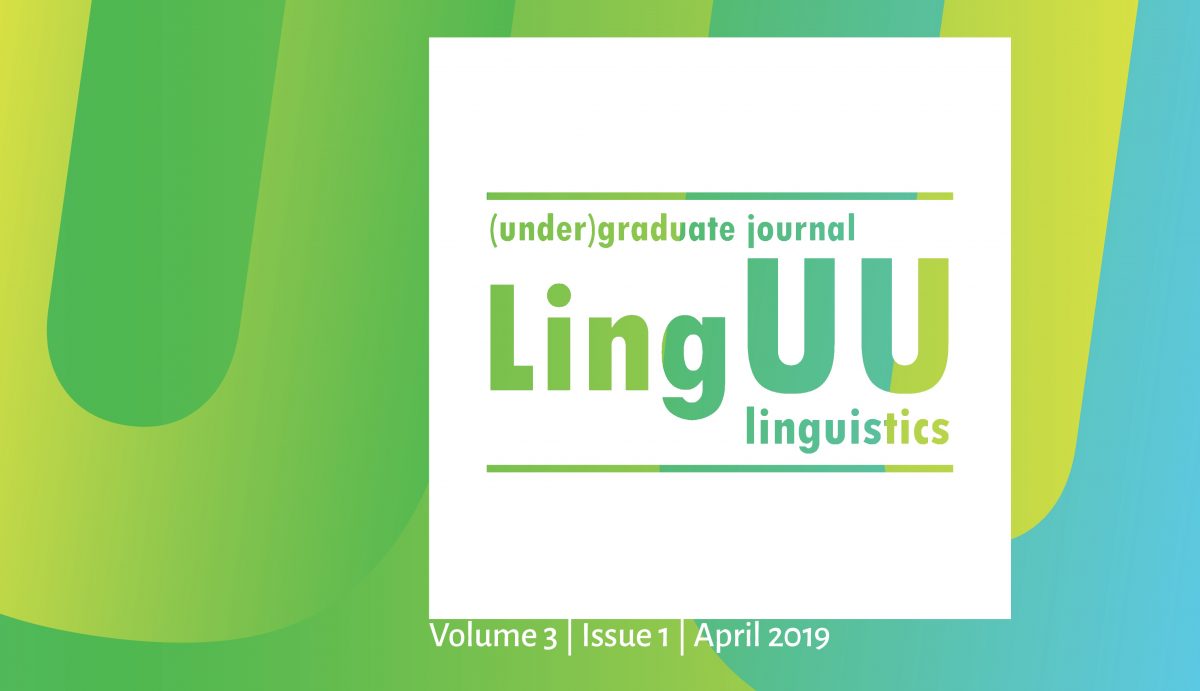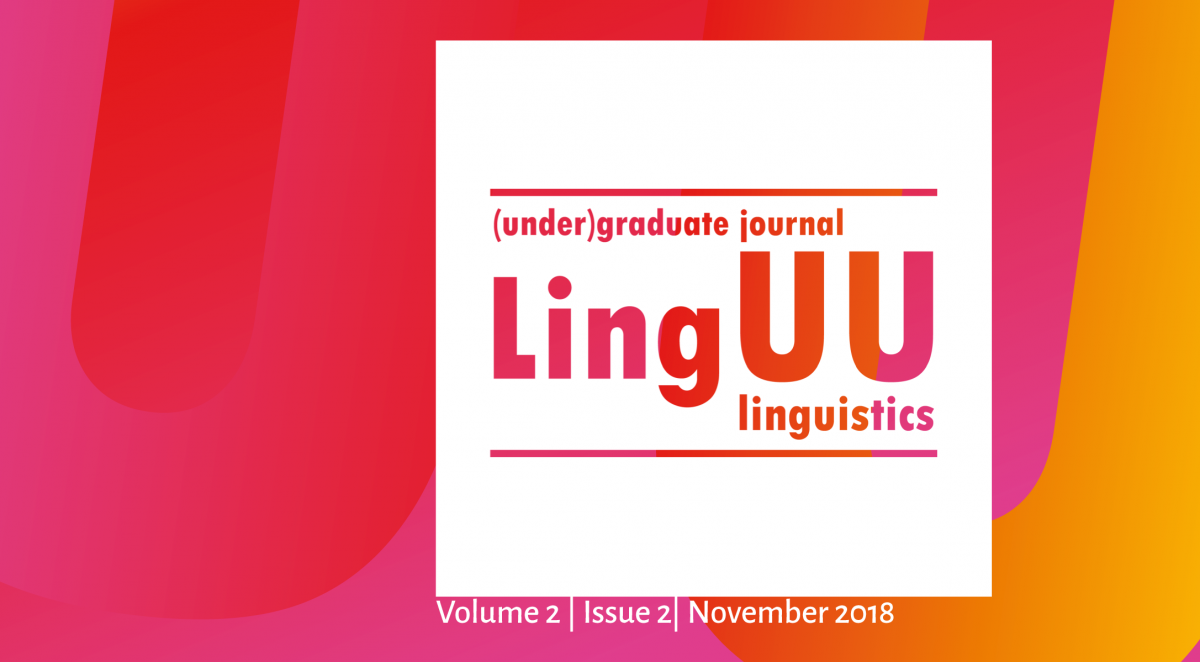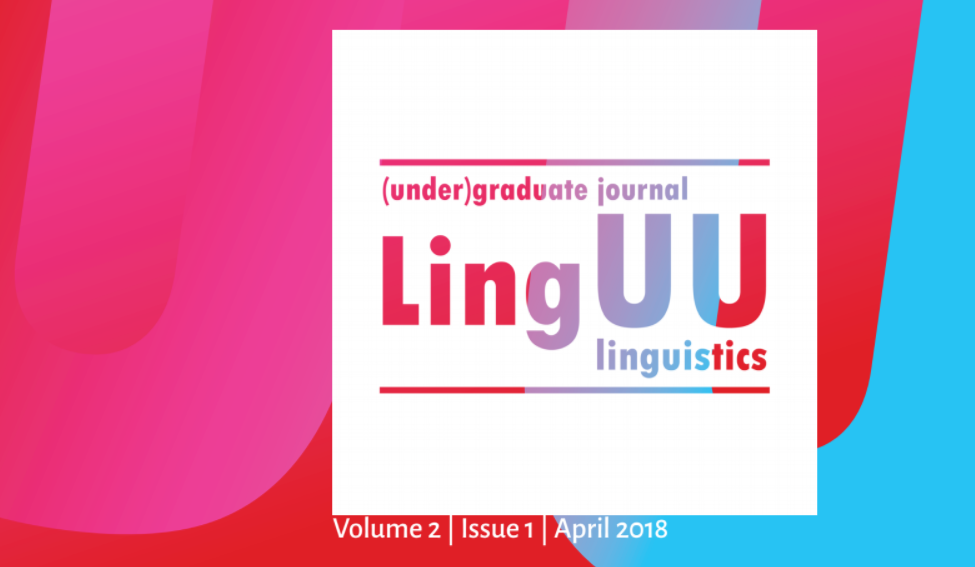Some things take a little longer, but this one is well worth the wait: LingUU 6.2 is officially out now! This issue dives into a variety of topics in syntax and discourse, as always written, reviewed and edited by students. Read the full issue here, leaf through individual articles here, or order a paper copy while they last.
Tess Wensink’s paper offers a comparative analysis of indefinite pronoun construction in Dutch and French. Differences between the French and the Dutch structure are explained by the null noun which follows the adjective in both languages. In Dutch, the inflection -s is suggested to license and identify this null noun, while French de is seen as the spell-out of the adjunction of the indefinite pronoun and the adjective.
Ronja van Zijverden proposes an experimental study in which eye-tracking is used to examine how L2 learners of Dutch process subjective and objective backward causality marked by want and omdat. She hypothesizes that English-speaking learners of Dutch show L1 transfer when processing backward causal relations, leading to a slowdown in processing of the main verbs.
In their paper on narrative processing and perspective-taking in the tabletop role-playing game Dungeons and Dragons, Keerthi Sridharan proposes two experiments to investigate how the manipulation of grammatical perspective affects identification level with a narrative character. In doing so, the author is one of the first to apply theories and findings from the field of narrative processing to nontraditional forms of new media.
Joeri Vinke writes about the Dutch prepositional phrase op één na, the OEN-construction. He argues that the construction should be seen as a lexicalization of CPLACE and shows how functional heads within the extended prepositional projection can lexicalize under certain conditions.
This issue’s Daily Linguist features podcasts, LingTok, student conferences to keep an eye out for and plenty of other recommendations.





